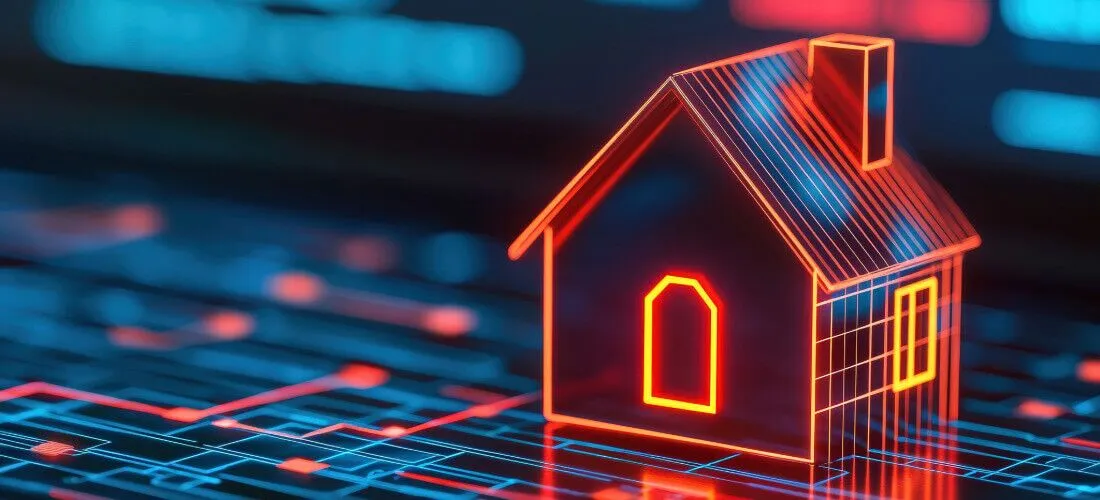
New research estimates that Americans spend around 23 hours a week engaging in digital communication, and if the past is any indication, that number will only continue to rise. The rapid adoption of digital communication has left many wondering, “what are the implications for my organization?”
So, what is digital communication?
Digital communication is the use of online tools like email, social media messaging and texting to reach other individuals or a specific audience in order to share a message. Even something as simple as reading the text on a webpage like this can be considered digital communication.
Over the last 20 years, many businesses, organizations, and industries have had to ask themselves, “what is digital communication?” and adapt to the changing environment where digital communication has replaced not just older forms of communication like writing and sending letters but face-to-face communication as well.
In an effort to better serve the needs of citizens, governments have also asked themselves this question of “what is digital communication?” and adapted many of their services so they could better serve the needs of their citizens. This process, commonly referred to as the digital government transformation, is ongoing and as there are more advancements in technology, the answer to a question like, “what is digital communication?” may change to include more things.
Why is digital communication important?
The whole world learned why digital communication was important throughout the COVID-19 pandemic. If a business hadn’t already asked themselves, “what is digital communication?” prior to the pandemic, they would have had to in order to stay afloat because many could not operate in person or at least not at full capacity.
Meetings shifted to video conference calls, and email became the main way coworkers communicated with one another, making it abundantly clear how important digital communication is. Social distancing also meant that friends and family couldn’t gather like they used to, so they had to rely on texts, social media, and video calls to stay connected.
Beyond the pandemic, digital communication was important for a variety of other reasons.
Firstly, it’s important for governments because of how popular digital communication is among the population. Citizens aren’t asking questions like “what is digital communication?” they’re wondering why many governments have been slower to adopt it and offer the digital services they expect to see.

Digital communication is important for governments, not just because citizens expect more of it from governments, but also because governments can get citizens more meaningfully engaged by using digital communication.
Digital communication can also streamline many processes and make communication between different local governments or agencies easier. This frees up time for more important tasks and can reduce miscommunication or generally poor internal communication.
Tips on how to increase digital communication and engagement
When leveraging digital communication, governments should make automation their friend. With digital communication, a number of different processes can either be completely automated or optimized and streamlined to work more efficiently.
HR automation is a great example – time consuming processes like employee records management, employee recruitment, employee onboarding, benefits, and tax forms can all be automated. This frees up government staff to devote their time to more important tasks.
Governments should also understand what’s unique to digital communication. Namely, how few words people will typically read on a given page. People generally read only about 20% of the text on a page, rarely taking the time to read it thoroughly and instead scanning until they find what they’re looking for, don’t find it, or they lose interest and move on to the next thing.
Thus, digital communication should be concise and get the point across early. This is especially important for governments to keep in mind since they deal with such important information.
GovOS works with hundreds of government agencies across the country to bring a wide array of services online and effectively streamline everyday processes for citizens and staff. Contact us today to discover all the ways we can help your community on its digital transformation journey.










